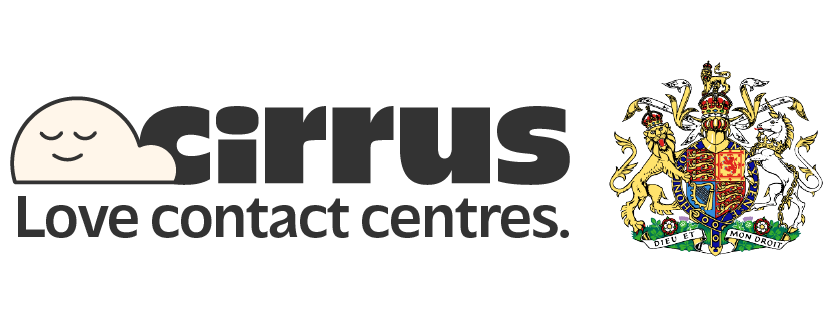Knowing what your customers want is useful. Knowing what your customers detest is the road customer loyalty.
Quiet often, we’ve become so accustomed to the frustrations attached to substandard customer service, that we accept it. Where customer support begins to work for your business, rather than against it, is above this bar of ‘doing just enough’.
To achieve excellent or even good customer service, you are going to have to understand customer pain points. That should be easy, right? Not necessarily…
Pain point perception mismatch
In this article, we are going to outline common pain points in customer service, discuss how to identify and act upon them, and advise on how to measure them. But before that, a bit about why the “understanding” part is so, so key.
A survey conducted by Capgemini found that while 60% of consumers named long queues for payment and checkout as a pain point, only 33% of retailers considered it to be a reason for customer dissatisfaction.
The point is, we might think we know what our customers’ pain points are, but we might be mistaken. In order to identify them, we’ll have to do some groundwork.
Common customer pain points
Now without wanting to pre-empt any customer pain points, here are some typical challenges faced by
customers.
- Long wait times for support: “I have better things to do!” Nothing frustrates customers more than feeling their time isn’t valued. Whether it’s waiting on hold for a phone representative or waiting days for an email response, excessive delays do damage.
- Lack of personalised service: In this era, customers expect companies to understand their unique needs and preferences. ‘Hit and hope’ with a generic, one-size-fits-all approach and you’ll fall short of meeting these expectations.
- Confusing processes or systems: Who needs a headache? Complicated customer support steps, unclear return policies, or dragged-out checkout processes all lead to frustration.
- Difficulty accessing information or assistance: “It shouldn’t be this hard, should it?!” When customers can’t easily find the information they need or struggle to find the right person for help, things can start to boil over.
Identifying customer pain points
Can you be proactive with a willingness to listen? It will really help, because identifying customer pain points involves having an open ear.
Use these steps to get the information you need to take action…
- Collect feedback through surveys and direct interactions – Whether it’s regular customer surveys, post-interaction feedback forms, or direct conversations – all can provide valuable insights into customer experiences and frustrations.
- Monitor customer service interactions – If you have the right tech in place, get to work analysing call logs, chat transcripts, and email exchanges to identify recurring issues and themes.
- Analyse data and metrics – Number crunch; look for patterns in customer behaviour, such as high cart abandonment rates or frequent returns.
- Engage in social listening – Social media can give you big clues. It doesn’t even have to be customers discussing your specific brand, you can gain insights from customers talking about a similar product or service.
Providing effective solutions
Not every business is immediately equipped with the ways and means to collect customer pain points. It might be a long-term project, and that’s fine.
Once you have confirmed some pain points, it’s time to implement the best solutions. Let’s cover some common strategies which have proven to work in the contact centre world.
When customers complain of high wait times and patchy interactions, you could look to simplify your customer support system. This might entail implementing a more efficient queue management system or simplifying your website’s navigation.
Could you get more personal? If customers have noted that your marketing and communications are not really relevant, it might be time to personalise your service using customer data; providing product recommendations and offers linked to purchase history.
If a complicated customer journey has proven a problem, it might be time to think about empowering your agents with new tools. With the right customer relationship management (CRM) system, all agents are in the loop, and your customers can be assisted more effectively, with no lost chats or having to make the same enquiry over and over.
When customers are despairing over a sprawling customer support map which leaves them getting ‘stuck in the maze’, self-service options can be implemented. Tools such as FAQ sections, knowledge bases, or AI-powered chat don’t only simplify the experience and save time for the customers, but they can also take the strain away from your agent teams.
Measuring the impact of solutions
Addressing customer pain points is something of a ‘toolbox’. You’ll need tools to deliver, and to measure progress.
Measuring is important because you want to make sure you aren’t wasting your own time. After all, what’s the point in investing time in identifying and responding, if you aren’t making a difference to the bottom line?
So, consider regularly surveying customers to gauge their satisfaction with your products, services, and support, recording Customer Satisfaction Scores (CSAT). Track Net Promoter Scores (NPS), which reflect a customer’s likelihood to recommend your business to others; are another strong indicator of overall satisfaction and loyalty.
Take a look at First Contact Resolution (FCR) rates, which track how often customer issues are resolved in a single interaction, a key factor in reducing frustration and improving efficiency. And begin to ask for a Customer Effort Score (CES), which measures how much effort customers have to expend to get their issues resolved or questions answered.
Becoming customer-centric
You can go further than we’ve already discussed. With a commitment to training, ongoing surveying and acting on feedback, your business can offer customer support that is literally built around responding to customer pain points – that’s powerful.
Does your customer support function have the right tools for the job? Learn more about our contact centre solutions, or speak to a member of our friendly team on 0333 103 3333 for more information






